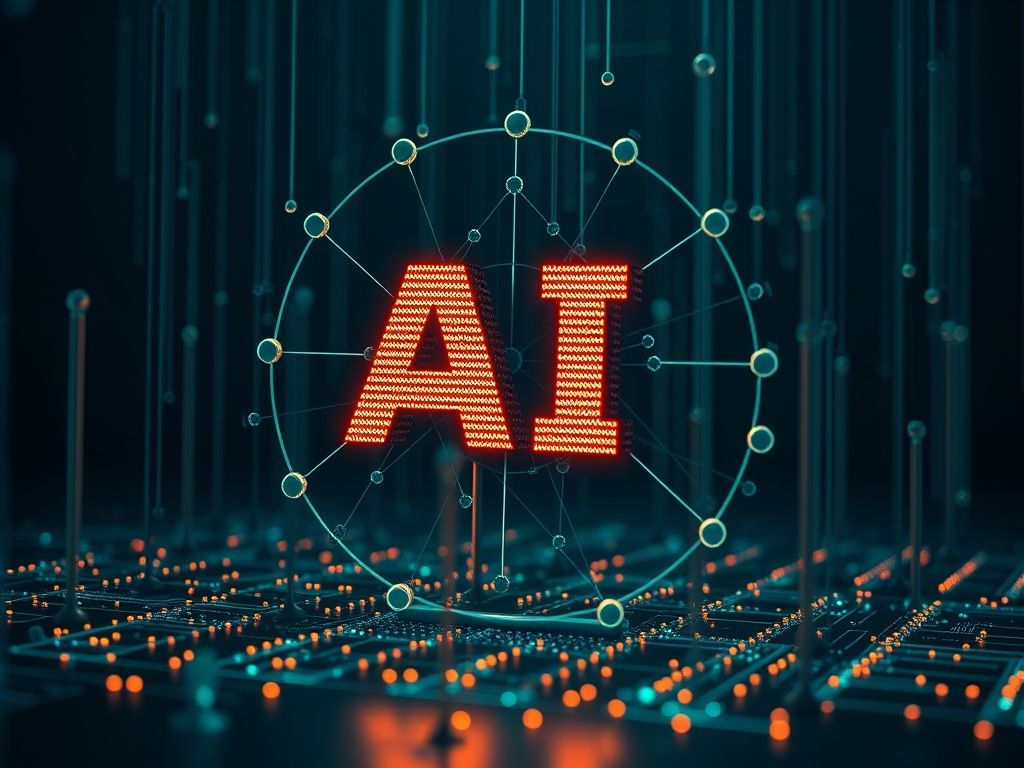Understanding AI Deployment
AI Deployment refers to the process of integrating artificial intelligence models into existing systems and workflows to automate tasks, enhance decision-making, and improve efficiencies. This concept is pivotal in various fields, including technology, robotics, and web development, as organizations seek to leverage AI for competitive advantage.
The Importance of AI Deployment
In today’s rapidly evolving digital landscape, the ability to deploy AI effectively can be a game-changer for businesses. With advancements in machine learning, natural language processing, and computer vision, organizations can achieve remarkable improvements in productivity and innovation. AI Deployment allows businesses to automate routine tasks, analyze vast amounts of data, and provide personalized experiences to users.
Key Aspects of AI Deployment
1. Stages of AI Deployment
The process of AI Deployment generally involves several stages:
- Data Collection: Gathering relevant data from various sources.
- Model Training: Developing models using machine learning algorithms.
- Integration: Integrating the AI model into existing systems.
- Testing: Evaluating the model’s performance and accuracy.
- Monitoring and Maintenance: Continuously monitoring the AI system to ensure optimal performance.
2. Challenges in AI Deployment
While AI Deployment offers numerous benefits, it also presents several challenges:
- Data Quality: The effectiveness of AI models is directly related to the quality of data used.
- Integration Issues: Ensuring that AI systems work seamlessly with existing technologies can be complex.
- Scalability: Deploying AI at scale requires careful planning and resources.
3. Best Practices for AI Deployment
To maximize the benefits of AI Deployment, consider the following best practices:
- Start Small: Begin with pilot projects to test AI applications before scaling up.
- Cross-functional Teams: Involve various departments to ensure diverse insights and needs are addressed.
- Continuous Learning: Foster a culture of learning and adaptation as technology evolves.
Real-World Applications of AI Deployment
Understanding how AI Deployment is utilized in the real world can clarify its importance. Here are a few examples:
1. Healthcare
AI Deployment in healthcare has transformed patient diagnosis and treatment. For instance, AI algorithms can analyze medical images to detect diseases such as cancer earlier than traditional methods, leading to improved patient outcomes.
2. E-commerce
Online retailers use AI to personalize shopping experiences. By analyzing customer behavior, AI systems can recommend products, optimize pricing, and manage inventory more efficiently.
3. Autonomous Vehicles
Self-driving cars rely heavily on AI Deployment for navigation and decision-making. These vehicles utilize complex algorithms to process data from sensors, enabling them to understand their environment and make safe driving decisions.
How to Implement AI Deployment in Your Organization
Implementing AI Deployment in your organization involves several practical steps:
1. Identify Use Cases
Start by identifying areas where AI can add value. Consider processes that are repetitive or require data analysis.
2. Invest in Training
Ensure that your team is equipped with the necessary skills to work with AI technologies. This may involve training sessions or hiring specialists.
3. Select the Right Tools
Choose tools and platforms that align with your organization’s goals and technology stack. Options include cloud-based AI services, open-source frameworks, and proprietary software.
4. Monitor Performance
After deploying your AI solution, continuously monitor its performance and make adjustments as needed. Use feedback to refine the model and improve its effectiveness.
Related Concepts
To further understand AI Deployment, it’s helpful to explore related concepts:
- Machine Learning: A subset of AI focused on algorithms that allow computers to learn from data.
- Natural Language Processing (NLP): A field of AI that enables machines to understand and respond to human language.
- Robotics: The integration of AI in robotics enhances automation and intelligent behavior in machines.
Conclusion: The Future of AI Deployment
AI Deployment is not just a trend; it is a fundamental shift in how businesses operate. As technology continues to advance, the ability to deploy AI effectively will be crucial for staying competitive. By understanding the nuances of AI Deployment and implementing it thoughtfully, organizations can unlock new opportunities and drive continuous improvement.
Reflect on how AI Deployment can be integrated into your daily operations. Consider starting with small projects and expanding as you gain insights and experience. Embrace the future of technology and harness the power of AI to transform your workflows.









